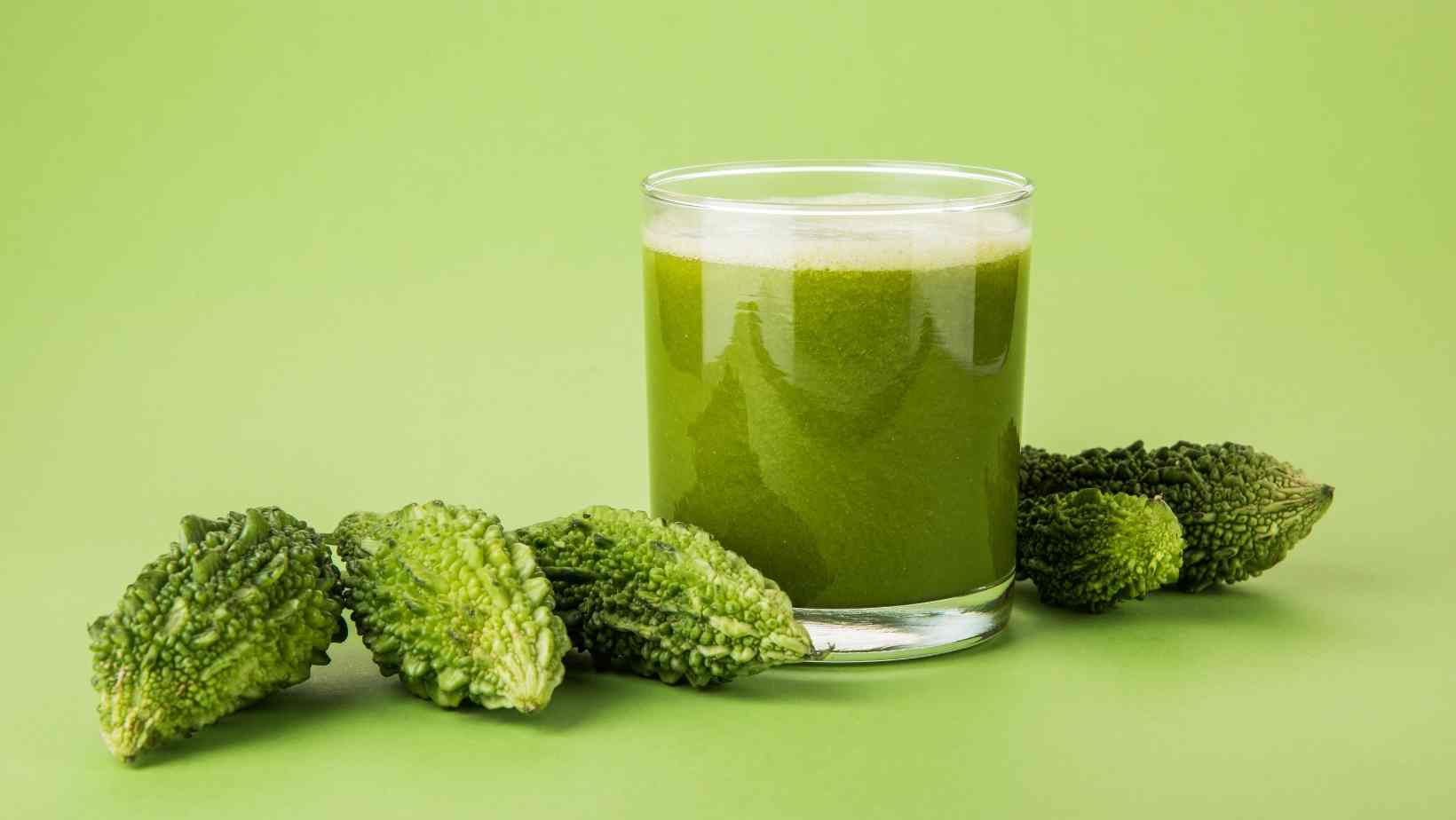Baking soda is a powdered marvel that works wonders. Not only is it the key ingredient to making mashed potatoes fluffy, but it can also help you produce authentic-tasting soft pretzels at home and caramelize onions in half the time. It really has a variety of fascinating applications that you may not be aware of, one of which is that a pinch or two can be used to rectify sour and bitter flavours in your cuisine.

When it comes to the pH scale, baking soda is a neutralizer
The pH measurement identifies whether a chemical is an acid or a base on a scale from 0 to 14. Acidic fall into the 0 to 6 range, whereas neutral (which is also the pH of water) falls into the 7 to 8 range, and anything greater than that suggests an alkali or a base. Baking soda has a pH of 9 on the pH scale.
Meanwhile, lemon juice and vinegar are both rated as a 2 on the same scale, allowing you to determine for yourself that acidic foods are very pucker-inducing to consume. Baking soda, on the other hand, when added to a dish, neutralizes the acids in the food. As a result, for many years, one of the most popular uses of sodium bicarbonate was as an antacid for the stomach.
In the words of the University of Wisconsin Extension, "Baking soda has special properties as a buffer as a result of its chemical composition. Buffering is the process of maintaining a steady pH equilibrium, often known as an acid-alkaline balance. In its role as a buffer, baking soda has the effect of making acid solutions more basic while also causing basic solutions to become more acidic, resulting in both solutions reaching a stable pH of roughly 8.1 (somewhat basic) on the pH scale. A buffer is also capable of preventing pH changes in a solution, in this example by maintaining a pH of 8.1 in the solution."
When Is Baking Soda Appropriate for Remediation of Acidic Foods?
So, if you've made a salad dressing with too much vinegar or marinade with too much lemon juice, or if you've cooked tomatoes only to discover that they're too tart, you can add a pinch (but only a pinch—too much baking soda will result in a very soft, weird taste in your food) of baking soda and it should smooth out the rough edges.
It's been suggested on Reddit that you can try adding sugar to a too-tart recipe first (or even a grated carrot or raisins because they're high in natural sugar), but in my opinion, sugar can sometimes actually bring out the flavor of an acidic dish, unless you add too much, which would ruin your dish completely.
So Just How Much Soda Is Enough?
Users on Chowhound have different emotions about the subject, but many of them have tried the baking soda approach and found it to be effective.
The authors underline that a very tiny quantity is generally sufficient and that you should not be shocked if you see some foaming when you add the baking soda; this is due to the baking soda's chemical reaction with the acid in your meal.
The Kitchn even went so far as to add several teaspoons of baking soda to four gallons of chili in order to save it from ruin.

Meanwhile, Dr. Gourmet (also known as Dr. Timothy S. Harlan), a physician and television commentator, recommends adding 1/4 teaspoon of baking soda to every cup of tomato sauce to neutralize any acidity in the sauce.
Using 2 tablespoons of lemon juice in around 6 ounces of plain iced tea, I conducted an experiment. I took a bite and winced, and then I had to drink some more water. After that, I added 1/8 of a teaspoon of baking soda and thoroughly mixed it in. It absolutely helped to counteract the mouth-puckering effect of too much lemon juice, and I didn't need nearly as much honey to bring the iced tea to the perfect degree of sweetness as I may have otherwise needed.
I'm sure I could have thrown in a few more and gotten away with it, but I chose to play it safe. I recommend that you experiment and see what works best for you. Baking soda is a powdered marvel that works wonders. Not only is it the key ingredient to making mashed potatoes fluffy, but it can also help you produce authentic-tasting soft pretzels at home and caramelize onions in half the time. It really has a variety of fascinating applications that you may not be aware of, one of which is that a pinch or two can be used to rectify sour and bitter flavours in your cuisine.
When it comes to the pH scale, baking soda is a neutralizer
The pH measurement identifies whether a chemical is an acid or a base on a scale from 0 to 14. Acidic fall into the 0 to 6 range, whereas neutral (which is also the pH of water) falls into the 7 to 8 range, and anything greater than that suggests an alkali or a base. Baking soda has a pH of 9 on the pH scale.
Meanwhile, lemon juice and vinegar are both rated as a 2 on the same scale, allowing you to determine for yourself that acidic foods are very pucker-inducing to consume. Baking soda, on the other hand, when added to a dish, neutralizes the acids in the food. As a result, for many years, one of the most popular uses of sodium bicarbonate was as an antacid for the stomach.
In the words of the University of Wisconsin Extension, "Baking soda has special properties as a buffer as a result of its chemical composition. Buffering is the process of maintaining a steady pH equilibrium, often known as an acid-alkaline balance. In its role as a buffer, baking soda has the effect of making acid solutions more basic while also causing basic solutions to become more acidic, resulting in both solutions reaching a stable pH of roughly 8.1 (somewhat basic) on the pH scale. A buffer is also capable of preventing pH changes in a solution, in this example by maintaining a pH of 8.1 in the solution."
When Is Baking Soda Appropriate for Remediation of Acidic Foods?
So, if you've made a salad dressing with too much vinegar or marinade with too much lemon juice, or if you've cooked tomatoes only to discover that they're too tart, you can add a pinch (but only a pinch—too much baking soda will result in a very soft, weird taste in your food) of baking soda and it should smooth out the rough edges.
It's been suggested on Reddit that you can try adding sugar to a too-tart recipe first (or even a grated carrot or raisins because they're high in natural sugar), but in my opinion, sugar can sometimes actually bring out the flavor of an acidic dish, unless you add too much, which would ruin your dish completely.
So Just How Much Soda Is Enough?
Users on Chowhound have different emotions about the subject, but many of them have tried the baking soda approach and found it to be effective.
The authors underline that a very tiny quantity is generally sufficient and that you should not be shocked if you see some foaming when you add the baking soda; this is due to the baking soda's chemical reaction with the acid in your meal.
The Kitchn even went so far as to add several teaspoons of baking soda to four gallons of chili in order to save it from ruin.
Meanwhile, Dr. Gourmet (also known as Dr. Timothy S. Harlan), a physician and television commentator, recommends adding 1/4 teaspoon of baking soda to every cup of tomato sauce to neutralize any acidity in the sauce.
Using 2 tablespoons of lemon juice in around 6 ounces of plain iced tea, I conducted an experiment. I took a bite and winced, and then I had to drink some more water. After that, I added 1/8 of a teaspoon of baking soda and thoroughly mixed it in. It absolutely helped to counteract the mouth-puckering effect of too much lemon juice, and I didn't need nearly as much honey to bring the iced tea to the perfect degree of sweetness as I may have otherwise needed.
I'm sure I could have thrown in a few more and gotten away with it, but I chose to play it safe. I recommend that you experiment and see what works best for you.




